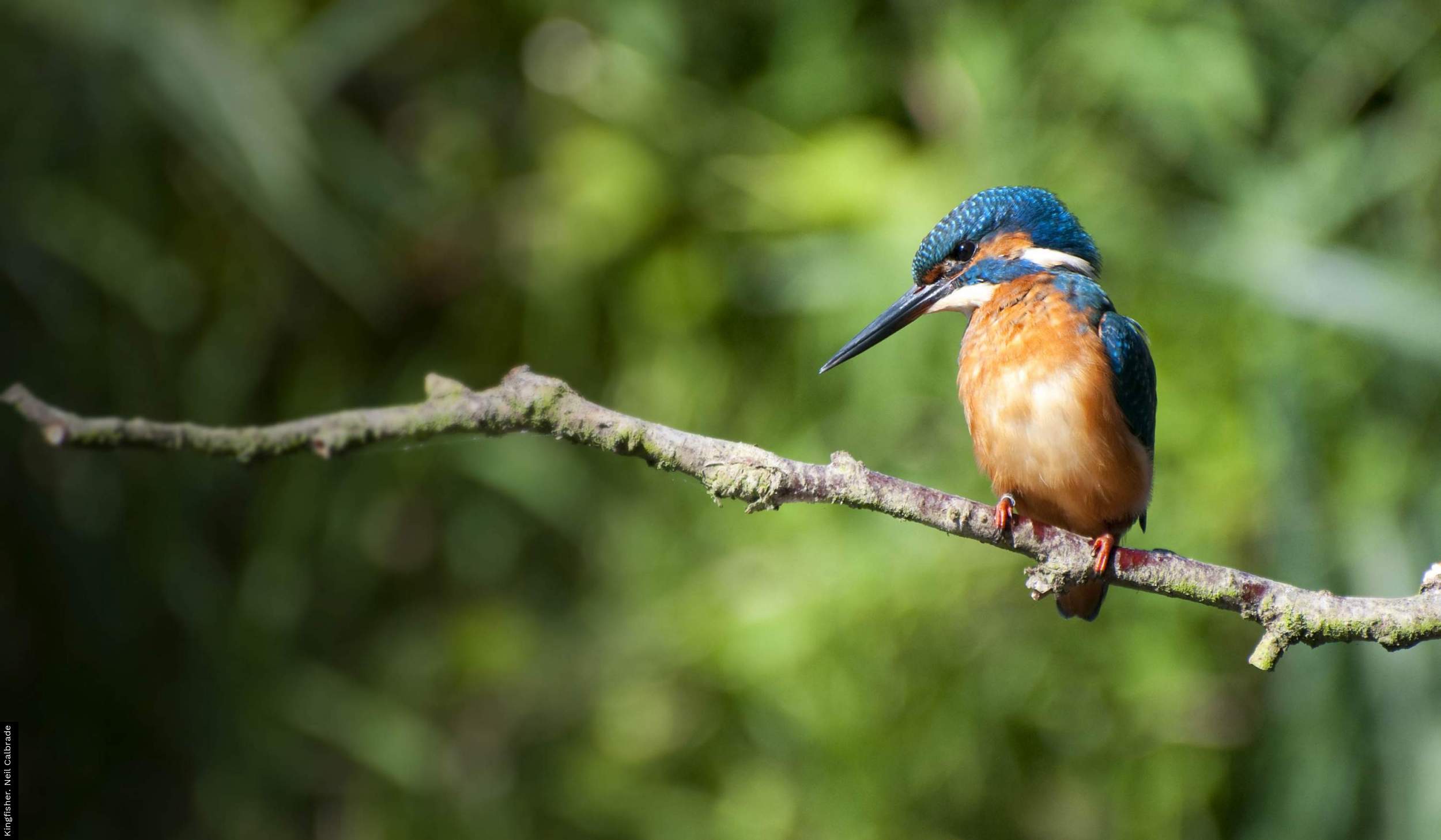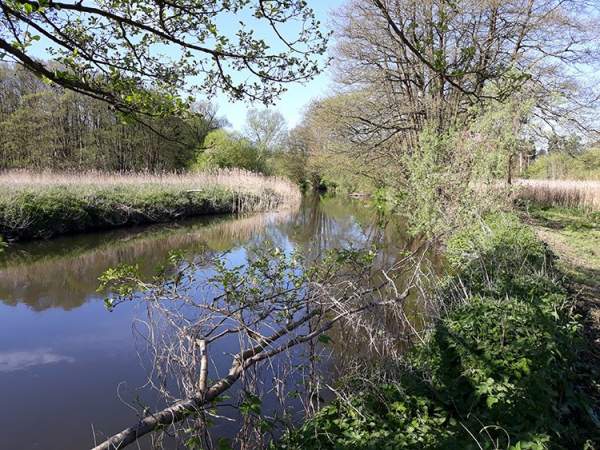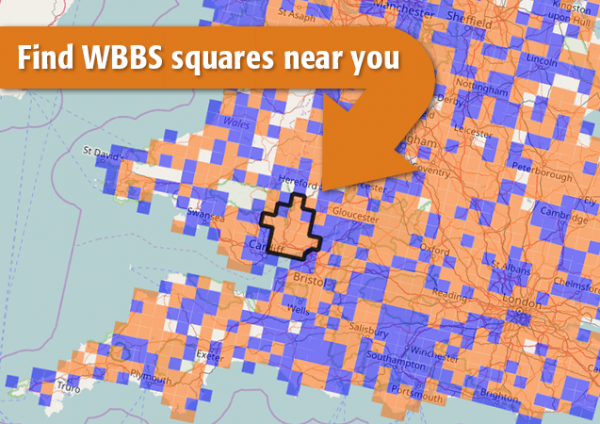Taking part
The survey may require as little as 4–5 hours' fieldwork per year. Just two counting visits are needed between April and June, one before and one after mid May. Habitat is also recorded each year but can often be noted on a return walk, after a counting visit. Expect to record many more birds in 500 m of rich, waterside habitat than in a 200 m BBS section! Waterway birding is often busy and exciting and can sometimes provide the utterly unexpected!
WBBS operates mainly on pre-selected sites, many of which are on the middle or upper sections of rivers. Some may require a good level of physical fitness, though others, such as canals and lowland rivers, might be perfectly level and with a good footpath! Observers need to be confident about recording bird species on their stretch by both sight and sound.
More than 500 sites have been selected randomly for WBBS coverage. These lie in all parts of the UK. Especially in upland regions, many are still awaiting an observer. Each site is referred to using a nominal one-kilometre grid reference, which might be a few km from the survey itself. If a site has not previously been surveyed, the full waterway stretch from which a survey can be selected is defined by a 'primary map', most are now uploaded onto BBS Online but a handful are held by the survey's National Organiser, wbbs [at] bto.org (James Heywood). To find out if there are any WBBS sites near you, please visit the interactive map to see roughly where sites are available and to complete a short form which will put you in touch with your BTO WBBS Regional Organiser and we can take it from there.
To enquire generally or informally about taking part, please email wbbs [at] bto.org.
Annual timeline
- February – March Forms sent or downloaded (see below), depending on individual preferences stated on BBS Online, under 'Details and Settings'
- March – Optional reconnaissance visit to check access, routes and to record habitat data
- Early April – mid May Early season WBBS visit
- Mid May – late June – Late season WBBS visit, at least four weeks after Early visit
- End of August – Data entry deadline via on BBS Online or forms sent to Regional Organsier
Further information and forms
The following information and forms for WBBS are available for download:
- — from 2018 onwards
WBBS Instructions*
WBBS Instructions* (PDF, 986.98 KB) - — from 2018 onwards
Habitat Recording Form*
Habitat Recording Form* (PDF, 740.55 KB) - — from 2018 onwards
Mammal Count Summary Sheet*
Mammal Count Summary Sheet* (PDF, 686.28 KB) - — from 2018 onwards
Field Recording Sheet*
Field Recording Sheet* (PDF, 745.66 KB) - — from 2018 onwards
Count Summary Sheet*
Count Summary Sheet* (PDF, 681.17 KB) - — room for 19 species
Count summary sheet, short version
Count summary sheet, short version (PDF, 253.64 KB) Online data entry guidance
Online data entry guidance (PDF, 2.29 MB)WBBS Terms and Conditions
WBBS Terms and Conditions (PDF, 50.87 KB)
Breeding Wader visits to WBBS stretches
Breeding Waders on WBBS Instructions
Breeding Waders on WBBS Instructions (PDF, 107.50 KB)
They are also available in printed form from your BTO Regional Organiser or from BTO HQ in Thetford, along with (if required) a letter of introduction to landowners. *The seven starred items compose the standard WBBS survey pack.
If you are not using WBBS-Online, please return completed paper forms to your BTO Regional Organiser or by post to BTO HQ in Thetford.
Health & Safety
WBBS participants are asked to bear in mind that rivers and canals can be particularly dangerous environments, especially in flood conditions. The BTO's health and safety information should be studied before any fieldwork is started.
- Read the BTO Code of Conduct, which all participants are expected to abide by.












Share this page